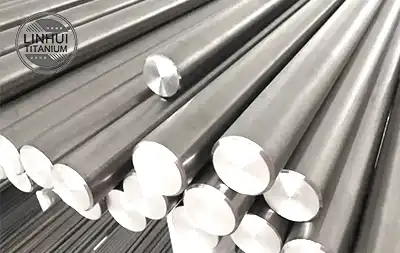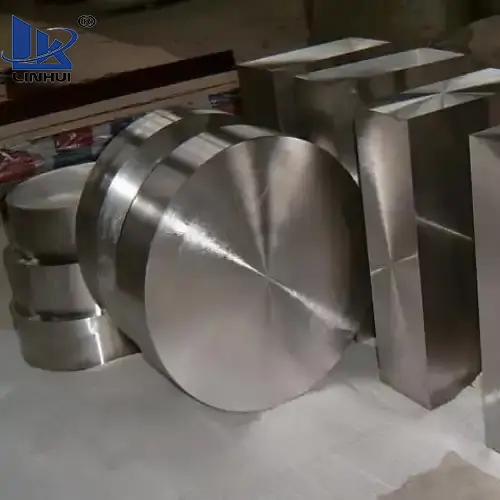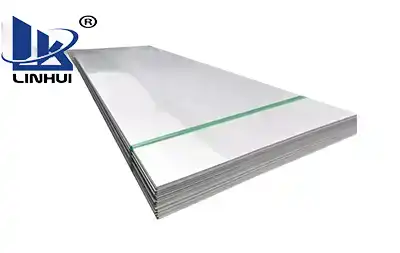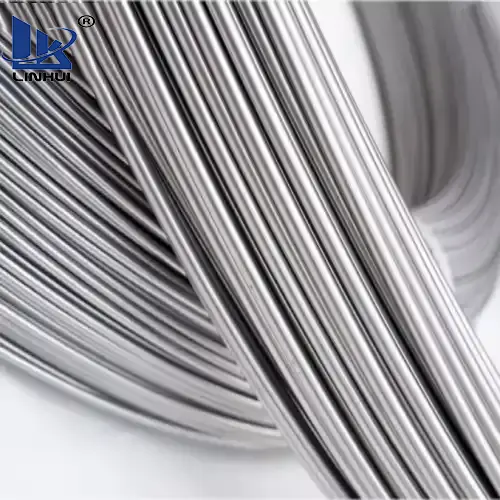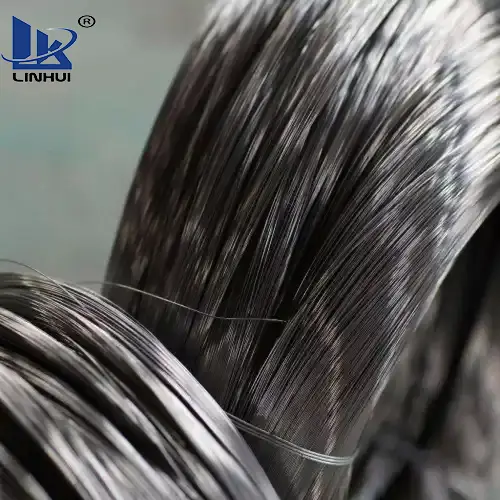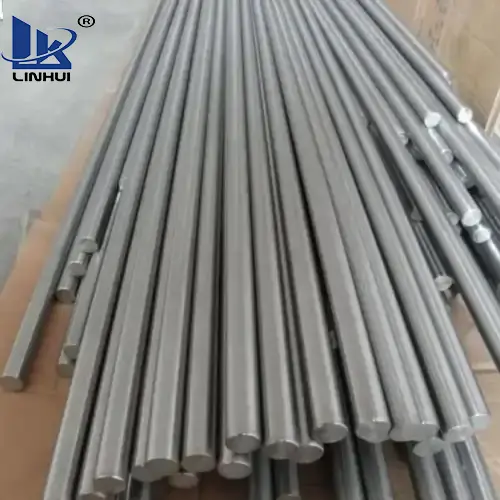There are many new products in our lives, and one of the most recognized products now is titanium alloy sheets. The main component of a titanium alloy plate is titanium, and there are other elements added to it. Titanium alloy plate not only has a very low density, and very high strength, but corrosion resistance is very strong, and titanium alloy plate the process very good characteristics, now titanium alloy plate in the aviation industry is often, then the next I will give you a detailed description of the knowledge about titanium alloy plate, I hope that our sharing content is helpful to you.
Titanium alloy plate price
Titanium alloy is based on titanium joining the other elements of the alloy. Titanium has two homogeneous hetero-crystals: 882 ℃ below the dense hexagonal structure of α titanium, and 882 ℃ above the body-centered cubic β titanium.
Technical requirements:
1: The chemical composition of titanium and titanium alloy plates should be in accordance with the provisions of GB/T 3620.1, and the allowable deviation of the chemical composition should be in accordance with the provisions of GB/T 3620.2 when the demand side is retested.
2: The allowable deviation of the thickness of the plate should be in accordance with the provisions of Table 1.
3: The allowable deviation of the width and length of the plate should be in accordance with the provisions of Table II.
4: The corners of the sheet should be cut at right angles as far as possible. Cutting slant should not exceed the allowable deviation of the length and width of the plate
High-quality TC4 titanium alloy bar corrosion-resistant medical titanium alloy light bar, price 330 yuan
High purity OT4-0 pure titanium plate, price 390 yuan
TC4 titanium alloy plate titanium thin plate titanium thick plate, price 300-460 yuan
Titanium alloy plate production specifications
T 0.5-1.0mm x W1000mm x L 2000-3500mm
T 1.0-5.0mm x W1000-1500mm x L 2000-3500mm
T 5.0- 30mm x W1000-2500mm x L 3000-6000mm
T 30- 80mm x W1000mm x L 2000mm
Titanium alloy plate technical requirements
1: The chemical composition of titanium and titanium alloy plates shall conform to the provisions of GB/T 3620.1, and the allowable deviation of the chemical composition shall conform to the provisions of GB/T 3620.2 when the demand side is retested.
2: The allowable deviation of the thickness of the plate should be in accordance with the provisions of Table 1.
3: The allowable deviation of the width and length of the plate should be in accordance with the provisions of Table II.
4: The corners of the sheet should be cut at right angles as far as possible. The allowable deviation of the length and width of the plate shall be not exceeded when cutting the slant.
Alloying
Titanium alloy is an alloy composed of titanium as the base and other elements. Titanium has two types of homogeneous hetero-crystals: dense hexagonal α-titanium below 882°C and body-centered cubic β-titanium above 882°C.
Alloying elements can be divided into three categories according to their effects on phase transition temperature:
The elements that stabilize the α phase and increase the phase transition temperature are the α-stabilizing elements, such as aluminum, carbon, oxygen, and nitrogen. Among them, aluminum is the main alloying element of titanium alloy, it has an obvious effect on improving the strength of the alloy at room temperature and high temperature, reducing specific gravity and increasing elastic modulus.
②Stabilize the β phase, reduce the phase change temperature of the elements for β stable elements, and can be divided into two kinds of holocrystalline and eutectic type. Titanium alloy products are applied
The former are molybdenum, niobium, vanadium, etc.; the latter are chromium, manganese, copper, iron, silicon, etc.
③ The elements that have little effect on the phase change temperature are neutral elements, such as zirconium and tin.
Oxygen, nitrogen, carbon, and hydrogen are the main impurities of titanium alloy. Oxygen and nitrogen in the alpha phase have a large solubility, and titanium alloy has a significant strengthening effect, but the plasticity is reduced. Usually specified in titanium oxygen and nitrogen content of 0.15 ~ 0.2% and 0.04 ~ 0.05% respectively. The solubility of hydrogen in the alpha phase is very small, too much hydrogen dissolved in the titanium alloy will produce hydrides, making the alloy brittle. Usually, the hydrogen content in titanium alloy is controlled below 0.015%. The dissolution of hydrogen in titanium is reversible and can be removed by vacuum annealing.
The above is to share with you in detail the basic knowledge about titanium alloy plates, hope you can through our sharing content better understand the knowledge of titanium alloy plates. Titanium alloy plates are becoming more and more important in our lives, and the role of titanium alloy plates in our aerospace industry is very big. Titanium alloy plate performance is stable, can not prevent oxidation, and titanium alloy plate also has a very strong corrosion resistance, titanium alloy plate is also very many kinds, but we can buy according to their own needs when buying and selling Oh.






